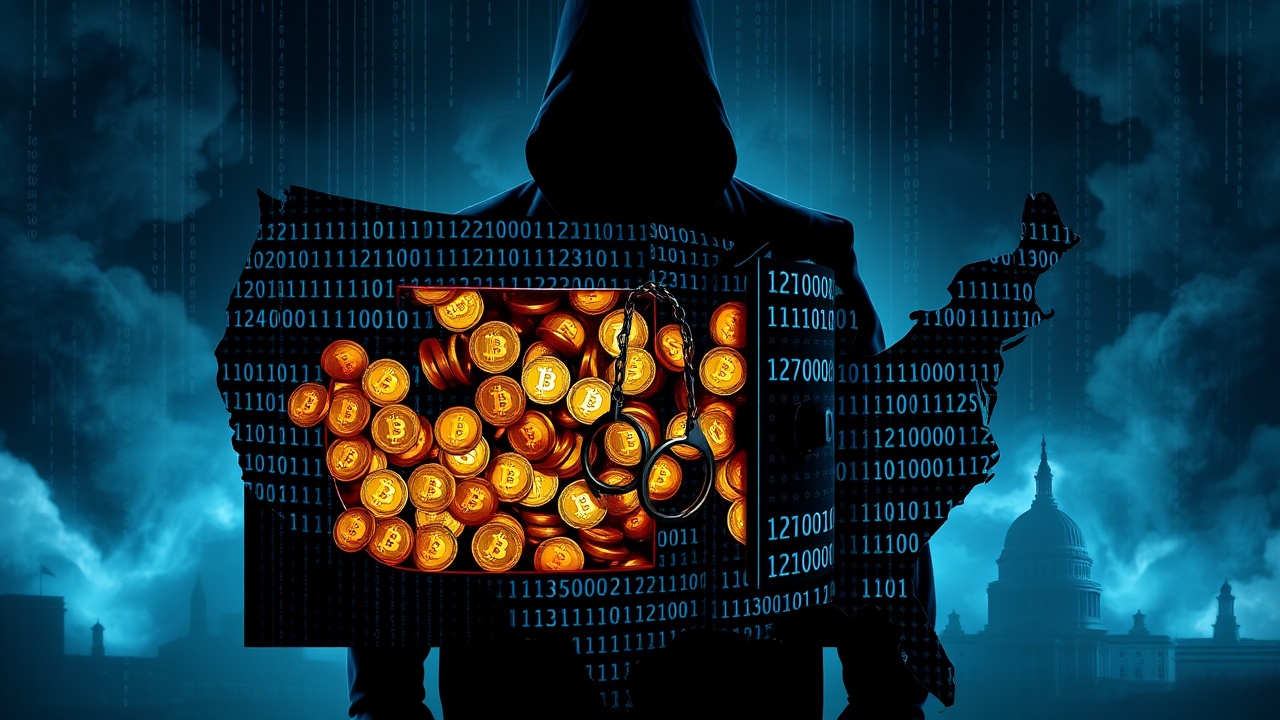Overview of the Cryptocurrency Heist
In a detailed examination of a high-profile cryptocurrency heist, a report has emerged shedding light on the massive theft of over 127,000 bitcoins from the LuBian Mining Pool, which occurred on December 29, 2020. Valued at approximately $3.5 billion at the time and now worth about $15 billion, the stolen assets were reportedly linked to Chen Zhi, the influential Chairman of the Cambodian Crown Prince Group.
Attempts to Recover Stolen Assets
Following the incident, both Chen Zhi and his organization made attempts to directly communicate with the perpetrators via blockchain messages in early 2021 and in July 2022. They expressed their willingness to negotiate a ransom in exchange for the return of their stolen bitcoins, yet these appeals went unanswered.
Unusual Inactivity of Stolen Bitcoins
Intriguingly, the stolen bitcoins were transferred to a wallet controlled by the hacker but remained inactive for an extensive four years, a duration unusual for typical criminals who would typically liquidate their gains immediately. This inactivity raises speculation that the operation might have been conducted by a sophisticated group resembling a government-backed hacking entity.
Recent Developments
In a surprising turn of events, these bitcoins re-emerged in June 2024 when they were moved to new wallets, although they have not been transacted since. The saga took another twist on October 14, 2025, when the U.S. Department of Justice took decisive action by filing criminal charges against Chen Zhi. The department disclosed that it had seized around 127,000 bitcoins belonging to him and the Crown Prince Group.
Complexities of Cybercrime and Law Enforcement
The seizure reportedly utilized advanced hacking methods, emphasizing a complex scenario where the U.S. government seemingly executed a counter-offensive against the original cyber theft, creating what is now described as a “hack-on-hack” situation.
This incident underscores the evolving dynamics of cybercrime and law enforcement, blurring the lines between offense and defense in the digital realm.




